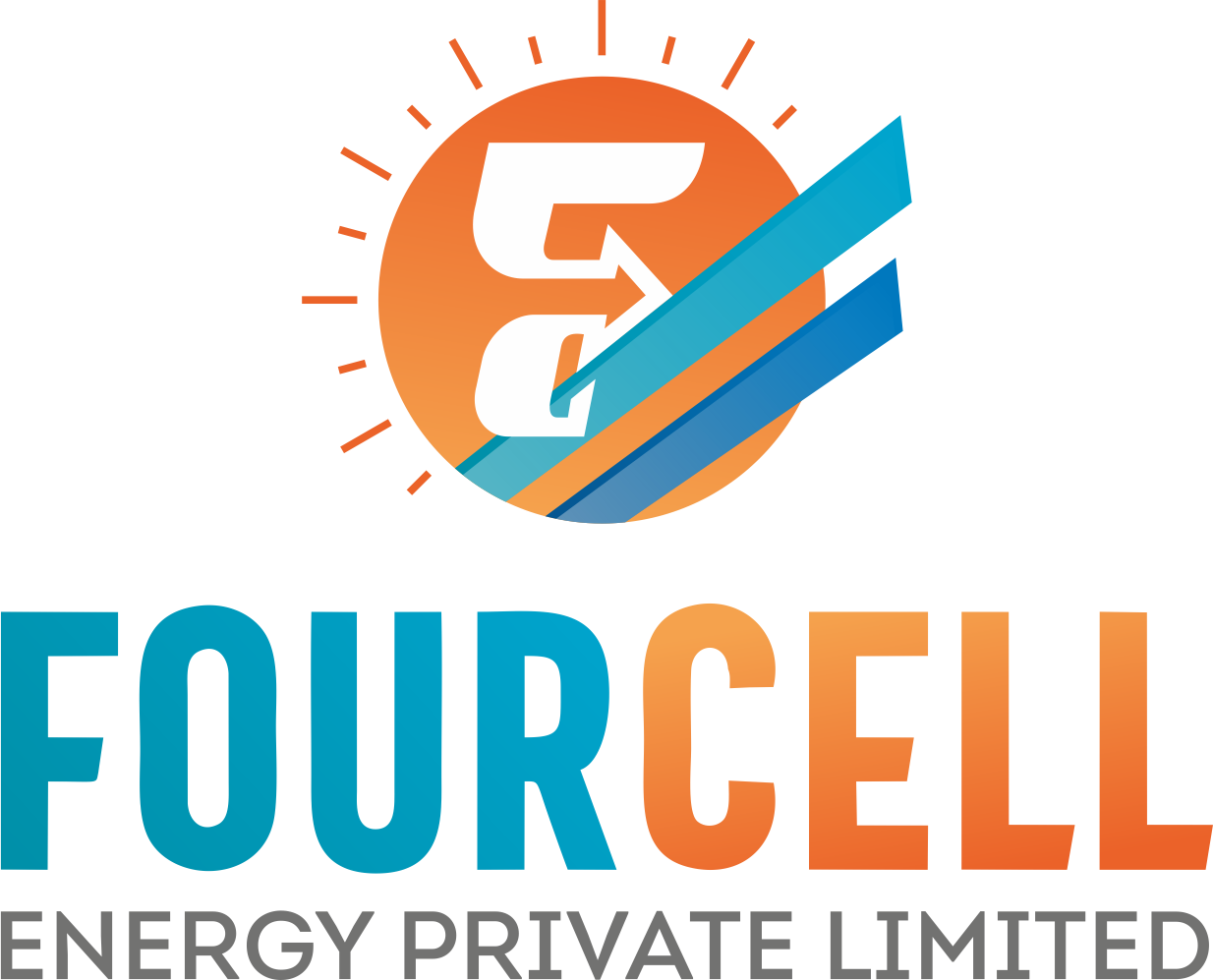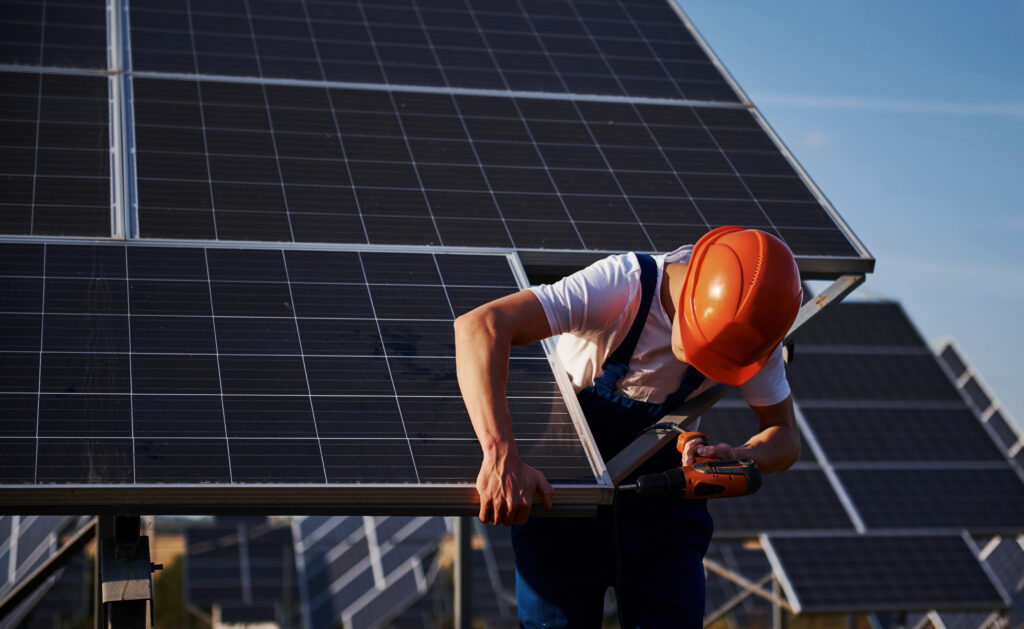The decision to invest in solar panels is one of the best that businesses decide on in the pursuit of lower energy costs and better sustainability. But again, to get the best out of it, which is the return on investment (ROI), maintenance should be done frequently.
Maintenance performs an important function which at the same time helps in increasing its working efficiency further the lifecycle of the system and also helps to reduce the occurrence of downtimes of the system. Here is a detailed guide on how organizations can maximize their total investments in solar panel installations through proper maintenance.
1. Periodic Visual Inspections
Regular visual checks should be made to see signs that would warrant quick attention before they develop into more severe ones that require lots of cash to fix.
- Check solar panels for signs of external abuse such as cracks, scratches, or probably evident discoloration which will drastically affect the power production.
- Inspect mounting structures and wiring for signs of corrosion, loose connections, or signs that they are misaligned.
- Seek for shadows or any form of obstruction by debris, other accessories, or alterations in structure that may prove inefficient to the panels.
This is because various problems may hinder optimum energy production and such screws can be very costly when repairs are to be done.
2. Enhanced Cleaning Techniques
Solar panels must be cleaned for efficiency in the amount of energy produced to be achieved. They can get dirty and dusty, and bird droppings will affect the overall efficiency of the panels. Here’s how to maintain their cleanliness:
Do not use direct tap water, instead, you can use purified water and should not rub against the surface with any hard material like a scrubber, etc.
It is recommended to wash ‘in the hours between dawn and dusk’ to prevent the phenomenon of thermal shock in the panels with cold water.
For very large installations you may wish to look at robotic or automatic cleaning solutions to further minimize time.
Cleanings should be done at least annually or in environments that are dusty or polluted often.
Cleaning also does not only have a positive effect on the yield but also hampers the premature degradation of the panels.
3. Daily solar Performance Monitoring Service
The service provided by us is the daily solar performance monitoring service, to ensure your solar systems energy generation is monitored and analysed daily. The reviews that we give you help you to keep abreast with your system performance so that you can identify any problems from an early stage. This makes it easy to do preventive maintenance and hence provides you with an added guarantee that your system is running to the optimum. By using our service, you will never be wrong in concluding as to how to save energy to the maximum.
4. Monitor Weather Impacts
It becomes clear that weather conditions can influence the efficiency and lifespan of solar panels.
Typically to be checked on after a storm or bad weather, the panels should be checked for signs such as cracks, disconnect mounts, or movement of wires.
It should also go hand in hand will having the ability to cope with elements such as high wind loads or in areas of heavy rainfall or snow.
Prevent water collection around mounting structures that can lead to corrosion or degradation of the system within some time.
In this way, the achievability of problems related to severe weather can prevent adverse impacts on organizational systems and the continuity of their performance.
5. Routine Electrical Maintenance
The electrical parts of the system, for instance, inverters as well as wiring, form important constituents of a solar system. This is because issues can be detected and corrected before they become enormously complicated.
Check the inverter, junction box, and cables for signs of overheating, or signs of damage, or loose connections.
Check logs for the inverter for any error codes or where there are any deviations from the energy being produced.
Always make sure you’re well-grounded to shield yourself from electricity surges or short circuits.
Maintain the site free of rodents such as mice or insects that can upset wiring or other aspects.
The optimal electrical system is properly maintained, provides steady energy flow and is susceptible to fewer breakdowns.
6. Advanced System Monitoring
Monitoring tools in the contemporary world enable an organization to observe the performance of a system in real-time in a bid to note any issues of inefficiency or bad fault.
Make use of IoT-based monitoring systems to be able to be given notifications of any significant performance decline or failure of some equipment.
Incubate energy production data to determine when specific types produce more or less energy in a year or if any inefficiencies.
Engage in cooperation with service providers, who would perform remote monitoring of the system’s work to provide constant supervision.
Sophisticated monitoring, in addition to increasing productivity, also allows controlling energy consumption and saving expenses.
7. The vegetation and environmental management.
Solar panels can be affected by external factors within the environment and the growth of vegetation if not controlled.
Cut trees around a photovoltaic panel to eliminate shadows that cause low energy generation.
Cultivate, as much as possible, a physical barrier around the installation area so that no manner of plant, or debris encumbers the equipment or acts as a barrier to the necessary airflow needed by the system or people who need physical access to it.
It is recommended to clean minor dirt or sand deposition from the area if the place is windy or is located in a desert region.
Proper management of vegetation helps to provide continuity of solar radiation access and to prevent panel damage.
8. Roof Condition Inspection & Structural Examination
Given that many solar systems are installed on rooftops, sound work on many roofs is mandatory.
Visually check the roof at least once a year, especially after storms or when there have been heavy downpours.
Irrigate any area that you find has water standing after cleaning so as not to cause damage to the roof or the solar mounts.
Check on the durability of the roof about the ability to support the panel system and other exercise equipment.
Do not touch the roof or the solar installation in any way without first talking to the service provider.
A steady roof construction safeguards the apparatus and prevents any major events like damages or repairs which will be expensive for the system.
9. Preventative Maintenance as a Professional
Many tasks can be performed internally, however, professional inspections should be performed periodically to assess the systems in detail.
Contract licensed specialists to perform battery checks of panels, wires, and inverters.
Add features like infrared thermography to spot a condition like overheating or hotspots in the system.
About once a year, have an owner organize servicing that is intended to prevent problems from happening in the first place.
Professionality guarantees that your system runs optimally and the equipment lasts longer.
10. Warranty and Compliance Management.
A manufacturer’s warranty must be properly upheld and managed to avoid costly repair bills in the future.
You can also use the recommendations of the manufacturer for checking and servicing the records.
Do not replace damaged parts and carry out services by non certified personnel as this will lead to warranty revocation.
It is an important task to ensure that an update is done on a new release that has an impact on the system.
Accurate warranty management guarantees permanent system reliability and is a key to financial stability in the long run.
11. Upgrading for Long Term Improvement
This is true to the extent that over the years, technological development means you can always retrofit your solar system for enhanced efficiency and durability.
One should also consider replacing older panels with high efficiency to increase energy production capacity while using the existing structures.
Introduce batteries to store energy when it’s produced in excess during the day for consumption during the evening or at any other time of the day.
Relies on the modernization of the monitoring system that will help in the enhancement of energy analytics.
Upgrades are sustainable ways to assist businesses in holding key positions in energy efficiency.
Conclusion
The main key to any solar panel investment is regular maintenance. From inspection, proper cleaning, professional maintenance, and upgrading, business leaders can ensure their solar systems work at optimal efficiency, remain durable, and deliver value for the money spent. Also, aiming at structural and environmental changes guarantees longer efficiency and stability of the whole system.
Ensuring the maintenance of solar contractors does not only help to cut operational costs but also helps support sustainable investments hence being a plus for most businesses and the environment. A preventive approach today will safeguard a safe, effective, and sustainable energy path for the future tomorrow.
Contact Fourcell energy today at +91 6359333222, and let us help you save on electricity bills and increase your profits!

